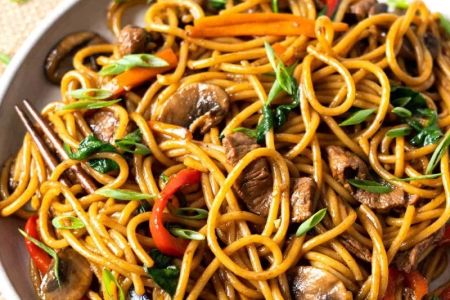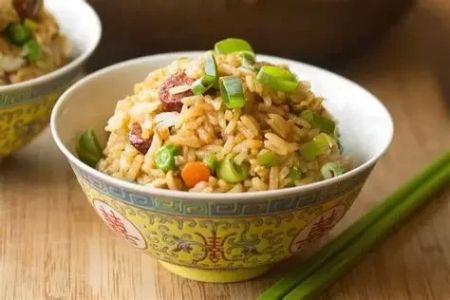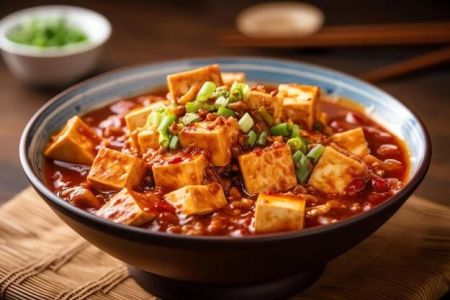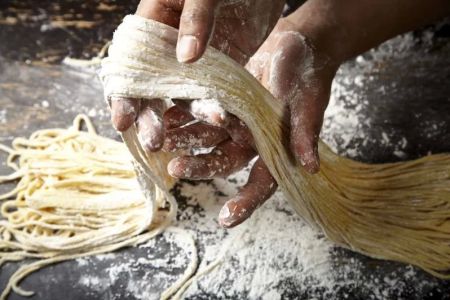- why-chinese-desserts-deserve-more-attention
- red-bean-and-beyond-breaking-sweet-stereotypes
- regional-specialties-hidden-gems-from-province-to-province
- modern-twists-on-traditional-treats
- unexpected-ingredients-and-why-they-work
- where-to-find-authentic-chinese-desserts
1. Why Chinese Desserts Deserve More Attention
When people think of Chinese food, savory flavors often take center stage—dim sum, hotpot, dumplings, noodles. But behind the curtain lies a diverse, complex world of sweets that rarely get the spotlight they deserve. Exploring the best Chinese desserts you've never heard of opens a door into centuries-old culinary wisdom that balances texture, subtlety, and surprise. Unlike Western desserts that often lean on sugar and butter, Chinese desserts favor layered textures, natural ingredients, and symbolic meaning.
What makes these lesser-known desserts so special isn't just their taste—it's the cultural stories behind them. These treats often appear during festivals, seasonal shifts, or family celebrations. Once you understand the context, a spoonful of black sesame soup or a bite of osmanthus jelly becomes more than dessert—it becomes an experience.
2. Red Bean and Beyond: Breaking Sweet Stereotypes
2.1. Sweet Doesn’t Always Mean Sugary
Western palates may initially find Chinese desserts “mild,” but that’s part of the charm. Desserts like hong dou tang (sweet red bean soup) or lü dou gao (mung bean cakes) offer subtle sweetness and are often served warm. These aren't sugar bombs—they're comforting, filling, and deeply rooted in Eastern medicine philosophies of balance.
2.2. Seeds, Beans, and Roots
While beans may seem unusual in desserts to some, red beans, mung beans, lotus seeds, and black sesame are Chinese pantry staples that carry natural sweetness and health benefits. Their presence in dessert isn't just tradition—it’s nutrition-conscious creativity.
2.3. From Confusion to Craving
One popular TikTok creator went viral after trying tang yuan—glutinous rice balls with black sesame filling—for the first time. “At first, I didn’t know what I was eating. Five bites later, I was Googling recipes,” she laughed. These stories are becoming more common as curious foodies embrace East Asian desserts beyond bubble tea and egg tarts.
3. Regional Specialties: Hidden Gems from Province to Province
3.1. Cantonese Elegance
Cantonese desserts lean toward light, creamy textures. Think double-boiled milk pudding, steamed egg custards, and chilled mango sago with pomelo. Served at the end of dim sum meals, they’re a gentle close to bold, savory courses.
3.2. Sichuan Surprise
Famous for its heat, Sichuan province also delivers sweets like bing fen—a translucent jelly made from herbal seeds and topped with brown sugar syrup. It’s spicy cuisine’s cooling counterpart, especially welcome during summer.
3.3. Northern Simplicity
In the north, desserts take a rustic form: sesame pancakes, fried dough twists, and zha gao (sticky rice cakes) that celebrate grain-based indulgence. These treats are often part of Lunar New Year feasts and winter gatherings.
4. Modern Twists on Traditional Treats
4.1. Chinese Pastry Shops Reinventing the Classics
Across major cities like New York, Vancouver, and Sydney, young Chinese chefs are remixing traditional flavors. You’ll now find chiffon cakes filled with oolong cream, red bean croissants, and matcha-glazed mooncakes popping up in dessert bars and bakeries.
4.2. Cross-Cultural Fusion
Chefs like Kristina Cho and Lucas Sin have championed modern Chinese-American desserts through social media, cookbooks, and food festivals. Their creations, like sesame chocolate chip cookies or tofu cheesecake, maintain cultural integrity while appealing to global tastes.
4.3. From Tea Houses to Pop-Ups
Even in traditional tea houses, dessert menus are expanding. Osmanthus panna cotta, chrysanthemum ice cream, or yuzu almond jelly are now on the rise—subtle updates that still honor tradition while embracing innovation.
5. Unexpected Ingredients and Why They Work
5.1. Glutinous Rice: The Texture MVP
Often used in nian gao, zongzi, or mochi-like daifuku, glutinous rice is a textural dream—sticky, chewy, stretchy. This ingredient satisfies in a way flour-based desserts can’t, making it a staple in both celebratory and everyday sweets.
5.2. Osmanthus, Chrysanthemum, and Jasmine
These flowers are more than decoration. Osmanthus, for example, has a faint apricot aroma and is often infused into jellies or rice wine. The floral notes balance dense ingredients, lifting the flavor and offering fragrance without artificial additives.
5.3. Tofu and Soymilk
Tofu isn’t just for stir-fries. Silken tofu desserts like dou hua (tofu pudding) topped with syrup or ginger sauce are a revelation—delicate, protein-rich, and surprisingly addictive.
6. Where to Find Authentic Chinese Desserts
6.1. Explore Local Chinatown Bakeries and Dessert Shops
If you’re lucky enough to live near a Chinatown or Asian shopping district, take a stroll and look past the usual buns. Ask for lou po beng (wife cakes), dan san (deep-fried ribbons), or rice-based desserts you’ve never tried. Staff are often happy to share the background stories.
6.2. Discover the Best with Chinese Food
To find rare and authentic Chinese sweets—whether to try at home or gift to someone—check out Chinese Food. Their curated selection includes regional specialties, seasonal picks, and even modern dessert kits. It’s your go-to for diving deeper into the world of Chinese sweets.
6.3. Join Dessert Communities Online
Social platforms like Xiaohongshu and TikTok have active communities sharing niche desserts and how to make them. You’ll discover dishes like purple sweet potato tarts or black sesame rolls that rarely appear in restaurants but are beloved in homes.







